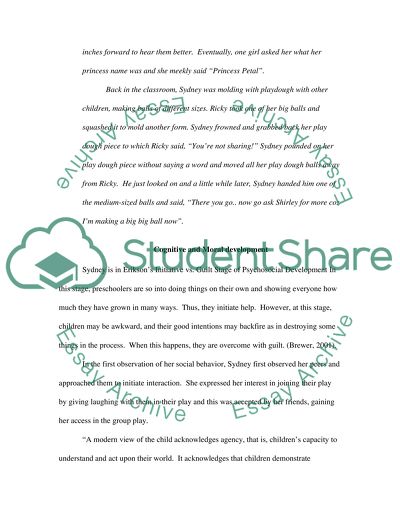Cite this document
(“Behavioral observation Case Study Example | Topics and Well Written Essays - 1250 words”, n.d.)
Behavioral observation Case Study Example | Topics and Well Written Essays - 1250 words. Retrieved from https://studentshare.org/psychology/1573634-behavioral-observation
Behavioral observation Case Study Example | Topics and Well Written Essays - 1250 words. Retrieved from https://studentshare.org/psychology/1573634-behavioral-observation
(Behavioral Observation Case Study Example | Topics and Well Written Essays - 1250 Words)
Behavioral Observation Case Study Example | Topics and Well Written Essays - 1250 Words. https://studentshare.org/psychology/1573634-behavioral-observation.
Behavioral Observation Case Study Example | Topics and Well Written Essays - 1250 Words. https://studentshare.org/psychology/1573634-behavioral-observation.
“Behavioral Observation Case Study Example | Topics and Well Written Essays - 1250 Words”, n.d. https://studentshare.org/psychology/1573634-behavioral-observation.


